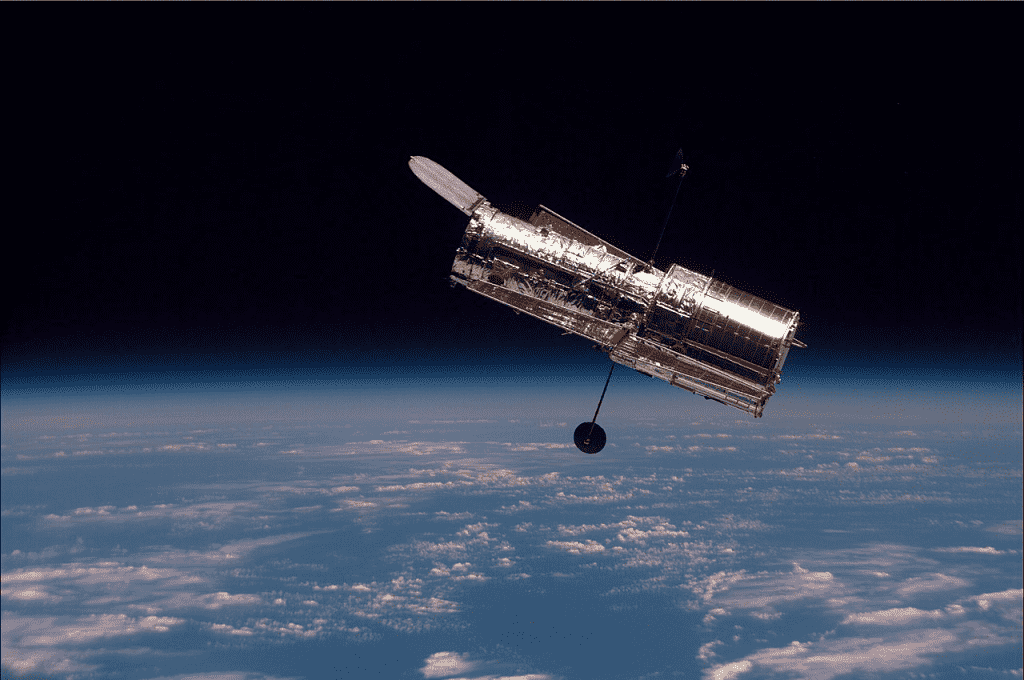China’s first giant space telescope is anticipated to begin scientific activities at the China Space Station in 2024, according to a report from the China state media outlet, CGTN.
The Chinese Survey Space Telescope (CSST), also known as the Chinese Space Station Telescope (CSST), or Xuntian (meaning “survey to heavens”), is a space-based optical observatory used by astronomers to conduct sky surveys, capturing a broad map or photographs of the sky. It will have a nominal mission duration of ten years, which might theoretically be extended.
The Xuntian is the photonic cabin of the China Space Station, which will be ready by the end of 2022. It contains a two-meter aperture and cutting-edge detectors. It is a bus-sized facility that weighs more than 10 tonnes and has the length of a three-story structure.
According to Changchun Institute of Optics, Fine Mechanics and Physics under the Chinese Academy of Sciences (CAS), China is building a prototype sample of Xuntian, with essential development already underway.

“The Xuntian Space Telescope consists of two parts. One is the Xuntian optical facility, and the other is the Xuntian platform. The former is a telescope with many subsystems,” Zhan Hu, principal scientist of the Xuntian optical facility and researcher from the National Astronomical Observatories of the CAS, said in a statement.
The Xuntian Space Telescope’s first generation consists of five observation instruments: the Xuntian module, the terahertz module, the multichannel imager, the integral field spectrograph, and the extrasolar planetary imaging coronagraph. The Xuntian module, a camera with a large field of view, will be in charge of most of the observation.

Xu Shuyan, the main designer of the Xuntian optical facility, stated that his team had finished developing all of the Xuntian subsystems, components, and units. They are currently planning a collaborative test of Xuntian’s upcoming space launch.
After the China Space Station is completed, the Xuntian Space Telescope will be launched into space. During the operational phase, the Xuntian will fly autonomously in the same orbit as the space station while remaining a significant distance away from it.
The Xuntian boasts a 300-fold larger field of view than the Hubble Space Telescope while maintaining equivalent resolution. With a massive 2.5 billion pixel sensor, the telescope will study up to 40% of the sky for ten years. In addition, it will regularly dock with the future crewed outpost and orbit Earth alongside the Chinese space station.

According to Zhan Hu, project scientist of the CSST Optical Facility, the Xuntian Space Telescope, also known as the CSST, will be the largest space telescope for astronomy in the near-ultraviolet and visible spectrums in the decade before 2035.
Another CSST Scientific Data Reduction System project scientist, Li Ran, used the analogy of photographing a sheep flock to describe Xuntian’s capabilities.
“Hubble may see a sheep, but the CSST sees thousands, all at the same resolution,” Li said.


